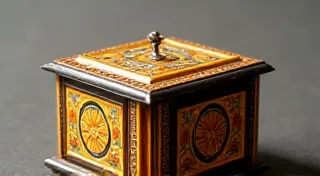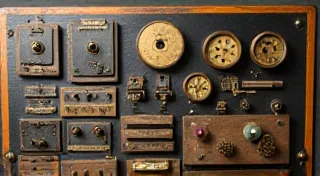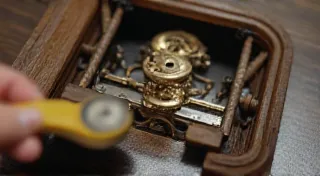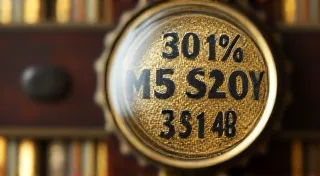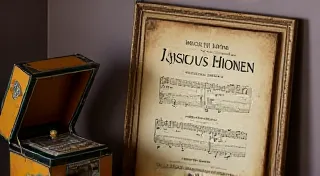Common Problems with Antique Music Boxes and How to Fix Them
Antique music boxes are fascinating pieces of history, combining intricate mechanics with beautiful melodies. However, as with any vintage item, they’re prone to issues after years of use and potential neglect. This guide tackles some of the most common problems encountered during antique music box restoration and offers practical solutions. Remember to always exercise caution and research specific models, as restoration techniques can vary.
1. Sticking Mechanisms: The Music That Won't Play
Perhaps the most frequent complaint is a music box that simply won’t play, or only plays sporadically. This often stems from sticking mechanisms.
Causes: Dried grease, dust accumulation, rust, or warped components are the usual suspects. Old lubricants often harden and restrict movement.
Solutions:
- Gentle Cleaning: Use a soft brush (like a small paintbrush) to carefully remove dust and debris from all moving parts – the cylinder, comb, gears, and levers. Compressed air can also be helpful.
- Lubrication: A tiny amount of specialized clock oil or music box lubricant (available online or at hobby stores) applied sparingly to each moving part can often resolve the issue. Avoid petroleum-based products, as they can damage older materials.
- Component Inspection: Carefully examine the components for warping or damage. A warped comb, for example, can prevent the tines from vibrating correctly. Minor warping might be correctable with careful manipulation, but severe warping may require professional repair.
- Lever Adjustment: Sometimes a lever that controls the start/stop mechanism or volume is out of adjustment. A very slight tweak can make a difference.
Image 1: 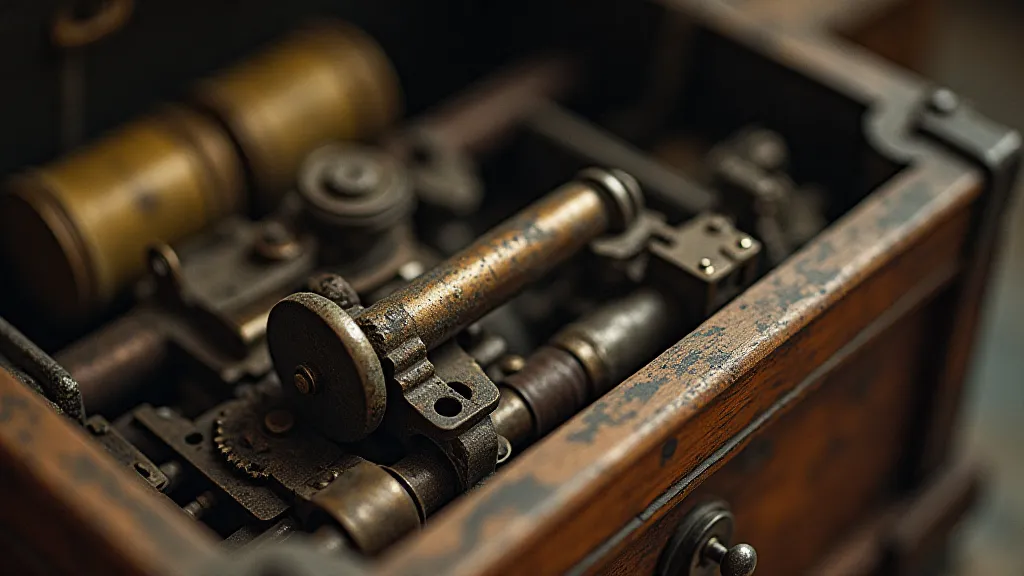
2. Incorrect Tunes or "Garbled" Music
Sometimes, the music box plays, but the tune is distorted or incorrect. This can be baffling!
Causes: The most common cause is a bent or damaged comb. The comb is the heart of the music box – the series of metal tines that vibrate to create the melody. A slight bend in even one tine can drastically alter the sound.
Solutions:
- Comb Inspection: Carefully examine the comb under good lighting. Look for any visible bends or dents.
- Tine Straightening (Advanced): Straightening the tines is a delicate operation that requires a steady hand and specialized tools (small pliers, a very fine file). It’s best left to experienced restorers if you're unsure. Incorrect manipulation can easily damage the tines permanently.
- Cylinder Condition: While less common, the cylinder itself (the rotating drum with the pins that activate the comb) can also contribute to incorrect notes if the pins are damaged or missing.
Image 2: 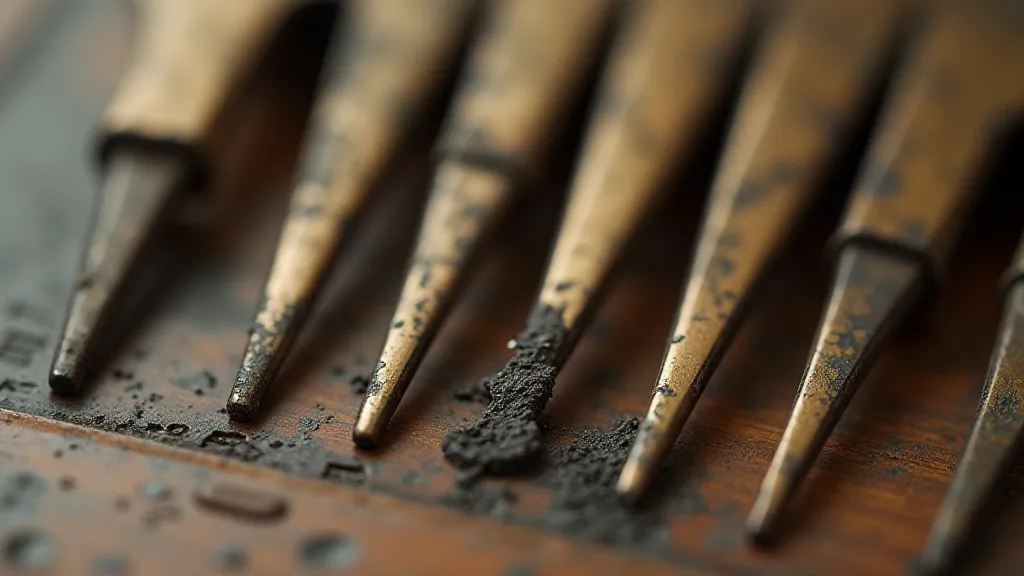
3. Broken Parts: Beyond Simple Repairs
Cracked cases, broken levers, missing pins – broken parts are inevitable with antique items.
Causes: Years of use, accidental drops, or simply material fatigue can lead to breakage.
Solutions:
- Case Repair: Cracks in wooden cases can sometimes be glued back together, but the repair will likely be visible. Professional restoration is often the best option for preserving the value.
- Lever Replacement: Missing or broken levers can sometimes be replaced with replicas, although sourcing the correct parts can be challenging. Check online forums and antique parts suppliers.
- Pin Replacement (Cylinder): Replacing pins on the cylinder is a very complex task, requiring specialized equipment and expertise.
Image 3: 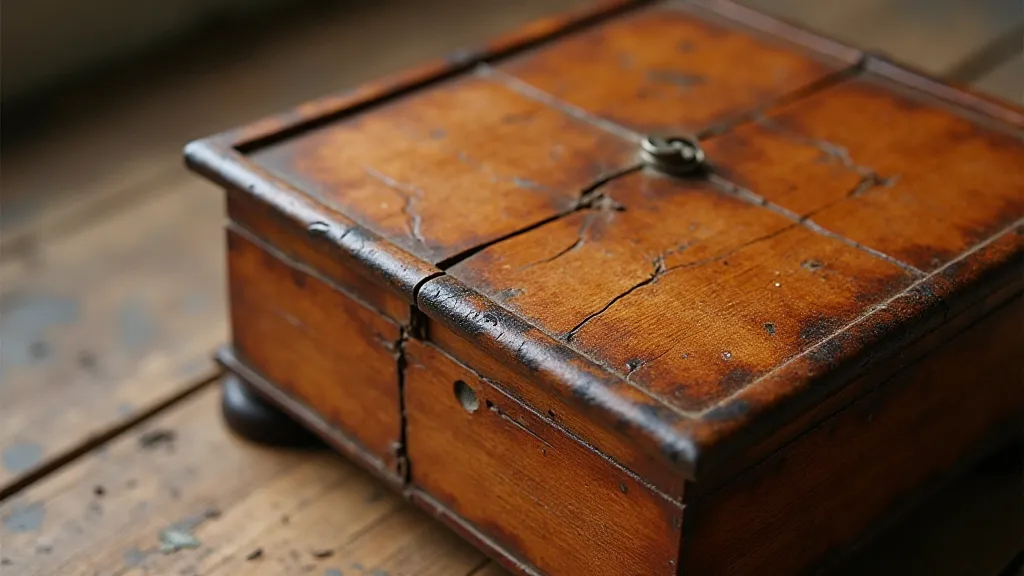
Important Considerations
Restoring antique music boxes is a rewarding but delicate process. When in doubt, consult with a professional music box restorer. Trying to force repairs can cause further damage and decrease the value of the item. Thorough documentation (photos) of the music box’s condition *before* attempting any repairs is always a good practice.
